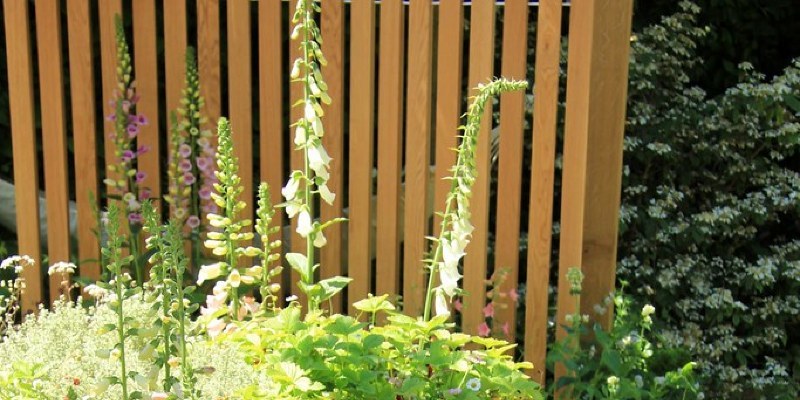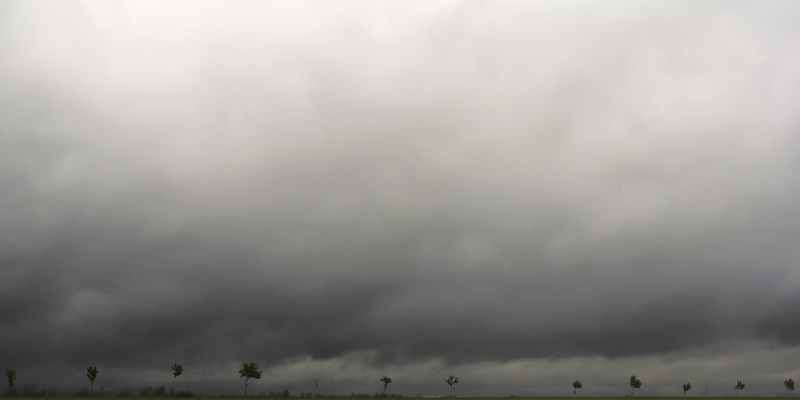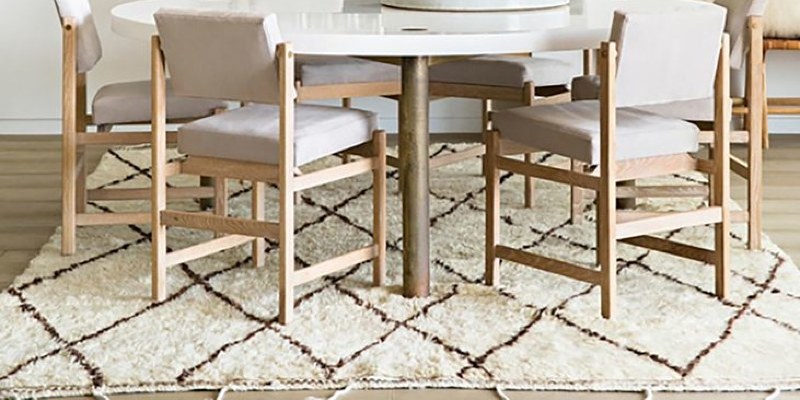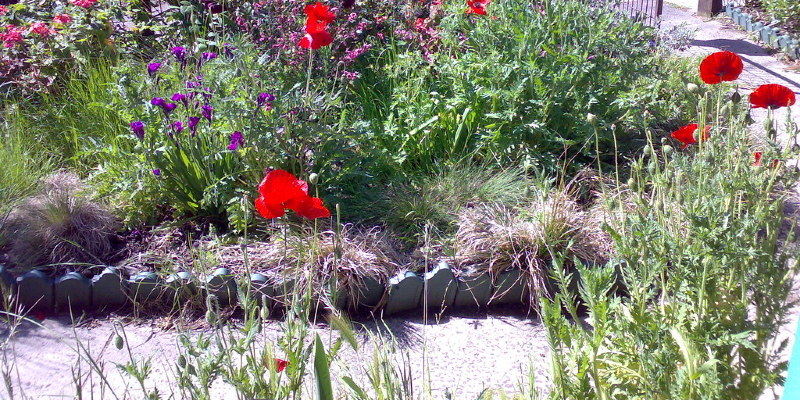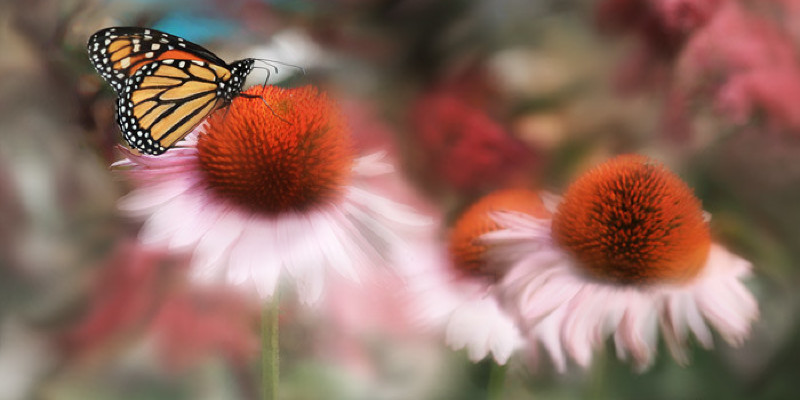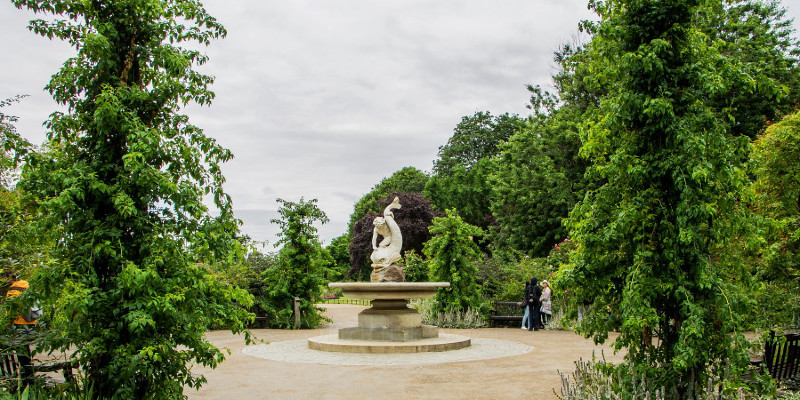Ponds provide aesthetic appeal and cultivate energetic pond life also maintained. But garden ponds are easily overrun with bacteria, weeds and overgrown plants that detract from the beauty. In spite of usage of a pond skimmer and filter, debris accumulates at the bottom of the pond, necessitating use of a high-pressure hose to dislodge it for elimination. A main step in using a water hose to wash your pond is skimming and draining the water so you’re able to reach its floor where algae and other beings gather. Fill a holding tank with pond water and place it in a shaded area. Place a piece of plastic sheeting in the area as well. Use a holding tank and sheeting in the appropriate size to the amount of pond life and plants in your pond. Transfer all pond life into the holding tank utilizing a fine-mesh net and long-extension skimming tool….
How to Remove Debris From Pond Using Garden Hose

